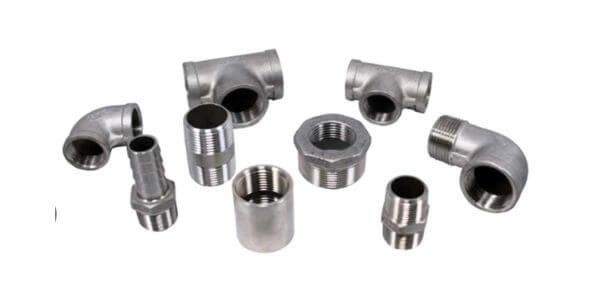
Hydraulic fittings are essential components used to connect hoses, pipes, and tubes in hydraulic systems. They ensure a leak-free and secure transfer of hydraulic fluid under high pressure. There are various types of hydraulic fittings, each designed for specific applications and functions.
Here are some common types
Threaded Fittings
These fittings have threads on the ends, allowing them to screw onto compatible ports or connections. There are different types of threaded fittings, such as NPT (National Pipe Thread), BSPT (British Standard Pipe Taper), and metric threads.

Compression Fittings
They consist of a sleeve, nut, and body. They work by compressing the fitting against the tubing, creating a secure connection without needing to flare or solder the tubing.
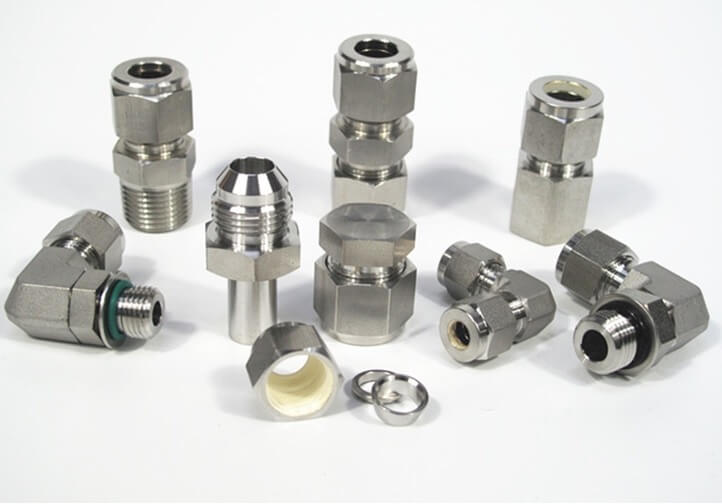
Flare Fittings
These fittings involve flared ends on the tubing that are mated with a corresponding fitting. They create a tight seal when tightened, commonly used in high-pressure applications.
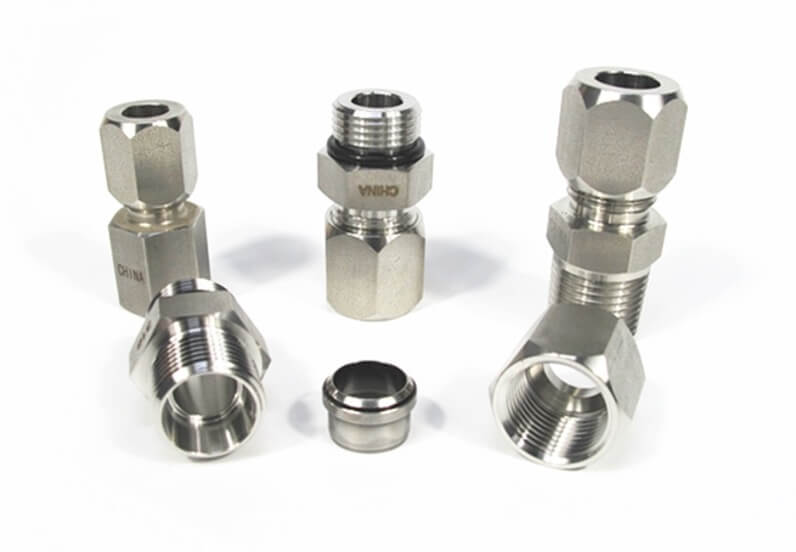
Barbed Fittings
They have barbs or ridges on the fitting that grip onto the inside of the hose when secured with a clamp, ensuring a tight seal. These fittings are often used with rubber or plastic hoses.
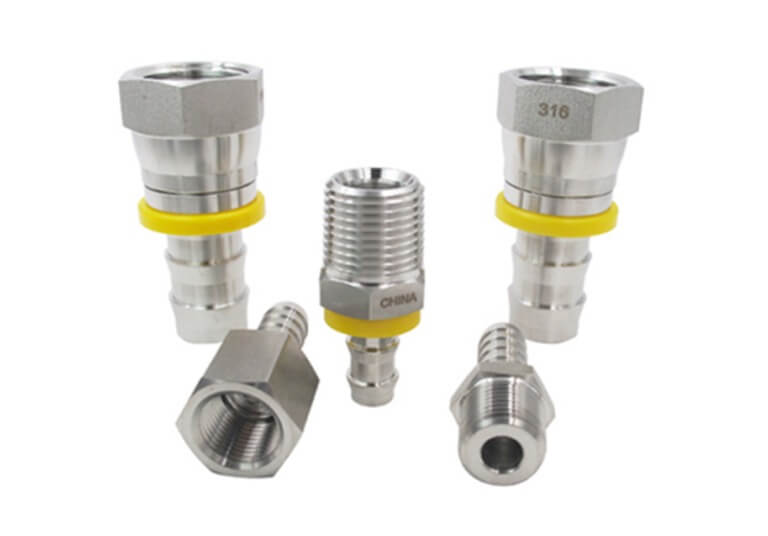
Banjo Fittings
These fittings have a hollow bolt with a hole through the center and a connected flat, banjo-shaped fitting that provides a passage for fluid. They are often used in situations where space is limited.
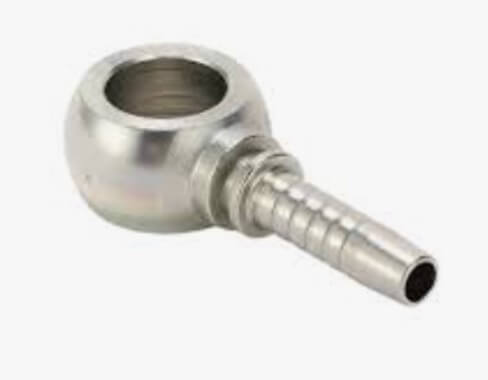
Quick Disconnect Fittings
These fittings allow for rapid connection and disconnection of hydraulic lines. They are commonly used in situations that require frequent connection and disconnection, such as in agricultural and construction equipment.
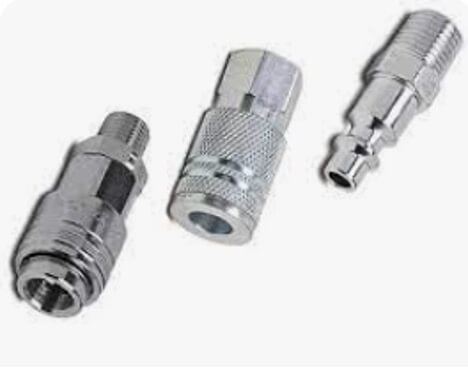
O-Ring Fittings
They use an O-ring to create a seal between the fitting and the connection point. These fittings are reliable and widely used in hydraulic systems.
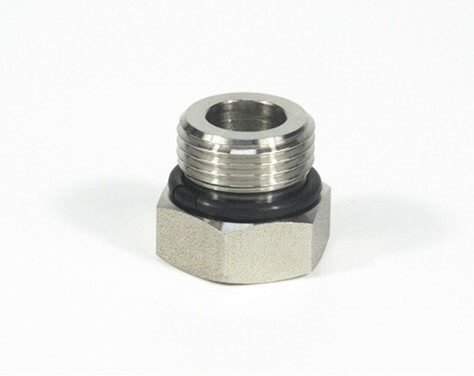
Split Flange Fittings
They consist of two interlocking flanges, a seal, and bolts, creating a strong, leak-proof connection. These fittings are used in high-pressure applications.
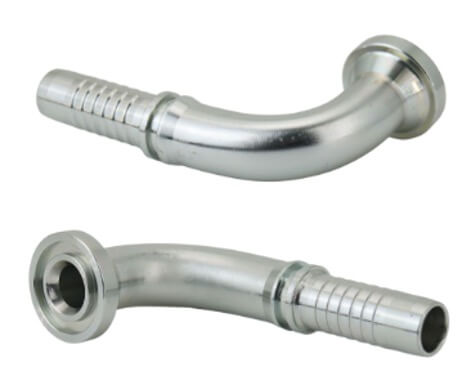
Hydraulic Adapters
These fittings enable the connection of different sizes or types of connections within a hydraulic system.
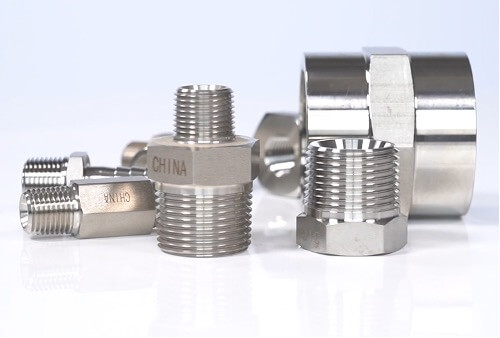
The choice of hydraulic fitting depends on factors such as the system pressure, type of fluid, temperature, and the specific requirements of the application. Proper selection and installation of fittings are crucial to ensure the safety and efficiency of a hydraulic system. If you have any questions about these fittings, please contact QC Hydraulics.
